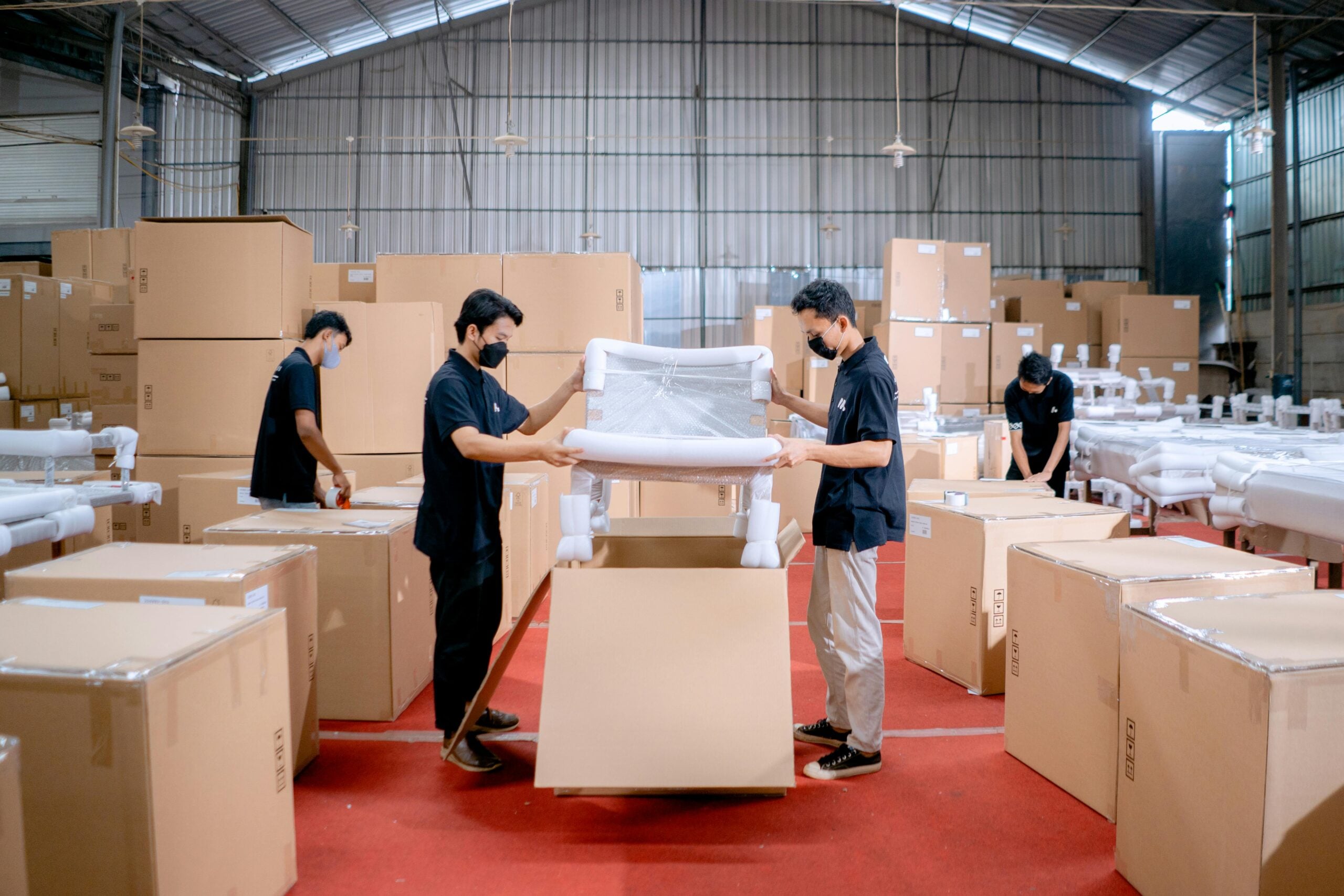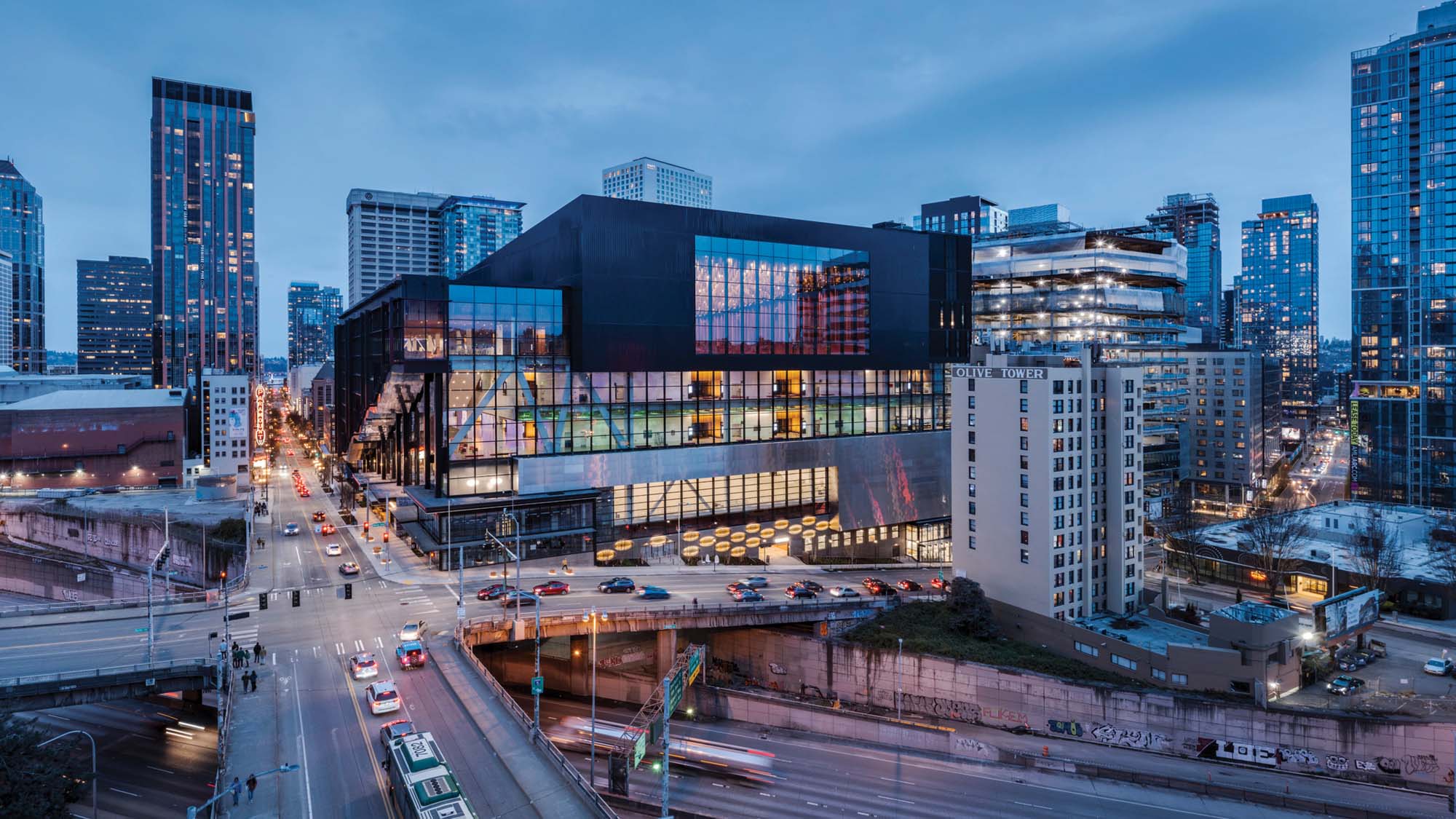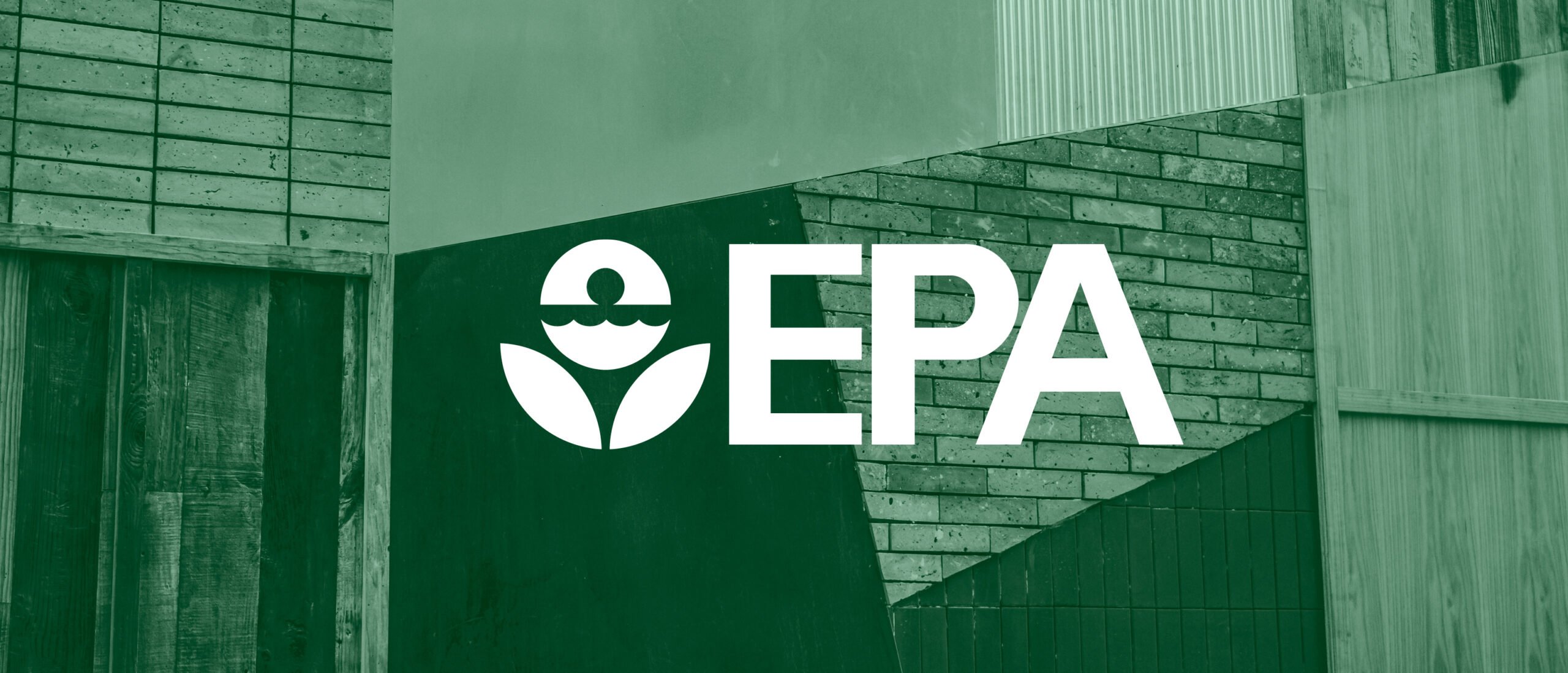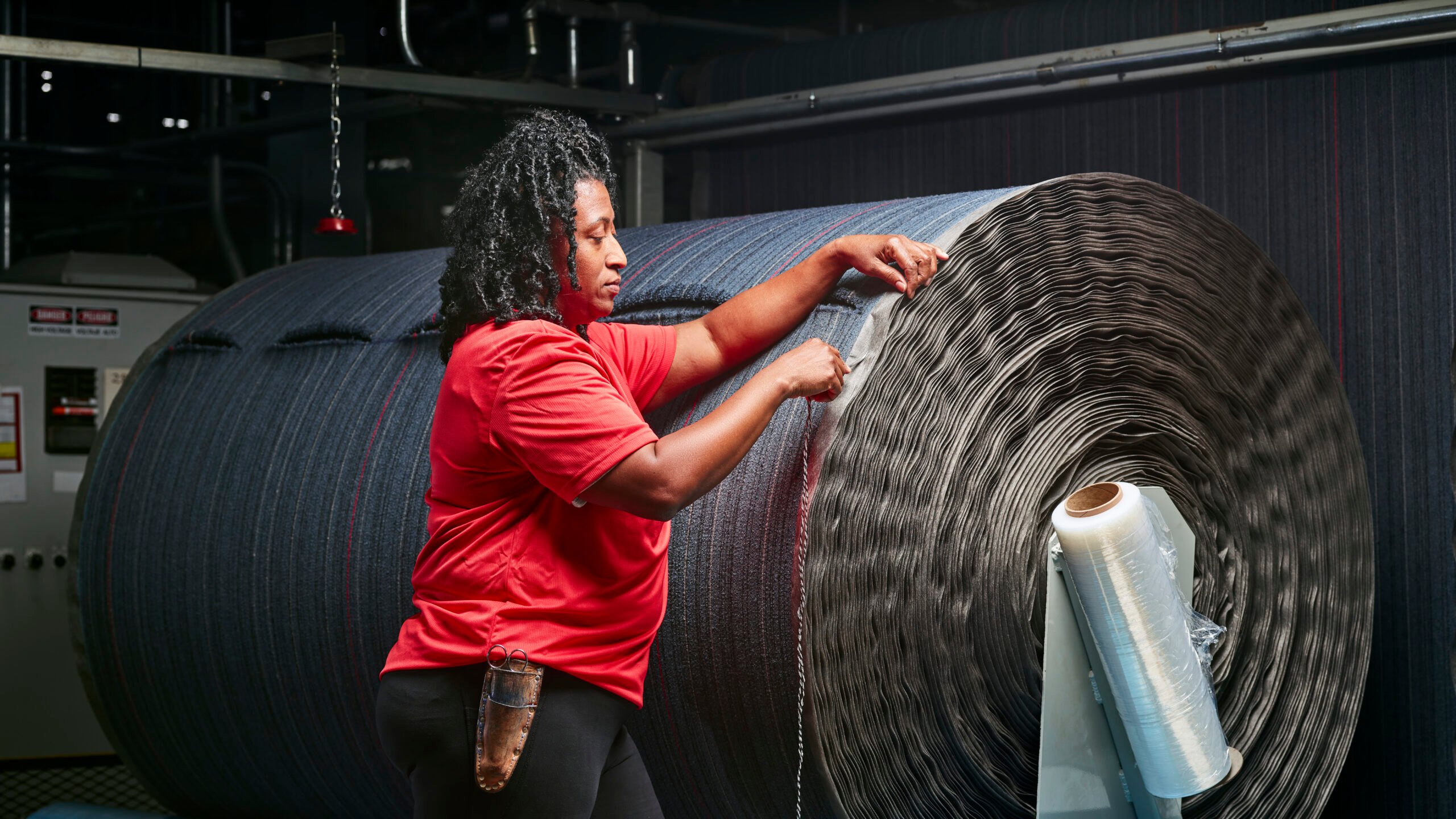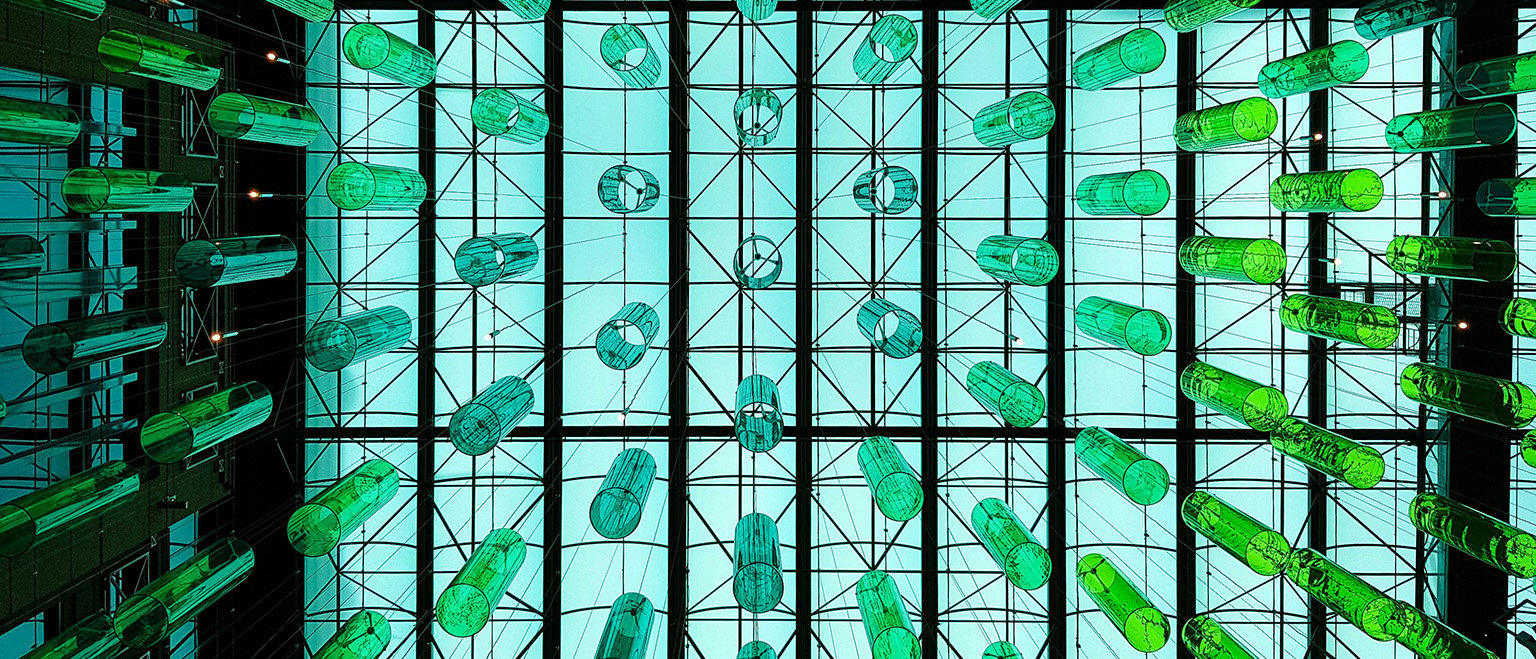- all (27)
- viewpoints (21)
- projects (3)
- products (3)
Embodied Carbon
-
Viewpoints
Thatch—The Past and Future of Green Building?
Architects are rediscovering the potential of reeds and thatch through projects that sequesters carbon—and help restore wetlands.
-
Viewpoints
Sustainability News Updates for Q2 2025
Renewable energy growth, carbon benchmarking, and circular design strategies shaping the built environment.
-
Viewpoints
Is the Furniture Industry Failing to Connect the Dots?
Mebl’s Michael J. Hirschhorn and Lot21’s Lew Epstein explore how the industry fails to understand how broader social, environmental, and health impacts are all interrelated.
-
Projects
Seattle’s Vertical Convention Center Breaks the Mold
The LMN Architects–designed Summit Building reinvents the convention hall as a light-filled urban connector—and is one of few worldwide to achieve LEED Platinum certification.
-
Projects
Studio De Zwarte Hond Reimagines Dutch University with Circular Renovation
The Herta Mohr building showcases how resourceful reuse can transform a legacy structure into a sustainability paradigm.
-
Viewpoints
3 Sustainability News Updates for Q1 2025
Local laws, easy-to-access tools, and global initiatives keep the momentum on green building going.
-
Viewpoints
How Biophilic Design Is Transforming the Airport Experience
Portland International Airport’s newly redesigned terminal brings nature inside using timber, trees, and natural light to create a stress-free journey for travelers.
-
Projects
The təməsew̓txʷ Aquatic and Community Centre Reflects Local Values
Canada’s first Zero Carbon–certified aquatic center cuts back on its carbon emissions while building community engagement.
-
Viewpoints
Will the New Version of LEED Be Better?
The world’s most popular green building certification is getting ready for an update. Here’s what you need to know about it.
-
Viewpoints
Sustainability News Updates for Q4 2024
“Alignment” is the word of the hour in every sector of the building industry, as different stakeholders come together to tackle climate impacts.
-
Products
Why Interface Wants to Phase Out Carbon Offsets
Interface is still intent on achieving carbon-negative status by 2040, but without purchasing any carbon offsets
-
Viewpoints
3 Sustainability News Updates for Q3 2024
Policy initiatives are gathering momentum as the federal government and building sector organizations align their expertise under the umbrella of the Inflation Reduction Act.
-
Products
How the Furniture Industry is Stepping Up on Circularity
Responding to new studies on the environmental impact of furniture, manufacturers, dealers, and start-ups are accelerating their carbon and circularity initiatives.
-
Viewpoints
The 2024 Net Zero Conference Highlights the Importance of Collective Action
Last month, leading climate experts convened at the Anaheim Convention Center to reenvision the built environment for a net zero future.
-
Viewpoints
Discover the Climate Toolkit’s Latest Updates for Interior Designers
The Climate Toolkit for Interior Design has been re-organized to reflect the different stages of projects, and the information needed for each.
-
Viewpoints
ThinkLab Shares Insights on the Dynamics of Sustainability in Decision-Making
ThinkLab helps us understand how the realities of product selection can maximize designers’ influence and impact.
-
Viewpoints
Manufacturers Catch Up on Embodied Carbon
Interiors manufacturers are recognizing the need for greater material transparency and responding to the demand for information on their carbon emissions.
-
Viewpoints
3 Sustainability News Updates for Q1 2024
These three developments from the last few months are critical knowledge for anyone interested in sustainable architecture and interior design.
-
Viewpoints
What Architects and Designers Need to Know About Embodied Carbon
From complex topics such as carbon form to advice on how to specify carbon-neutral furniture, METROPOLIS provides a lay of the land for carbon and design.
-
Viewpoints
Designed Landscapes Are Surprisingly Carbon Intensive (And They Don’t Have to Be)
Urban landscapes often include plenty of hardscape made with materials that can have significant carbon footprints.





